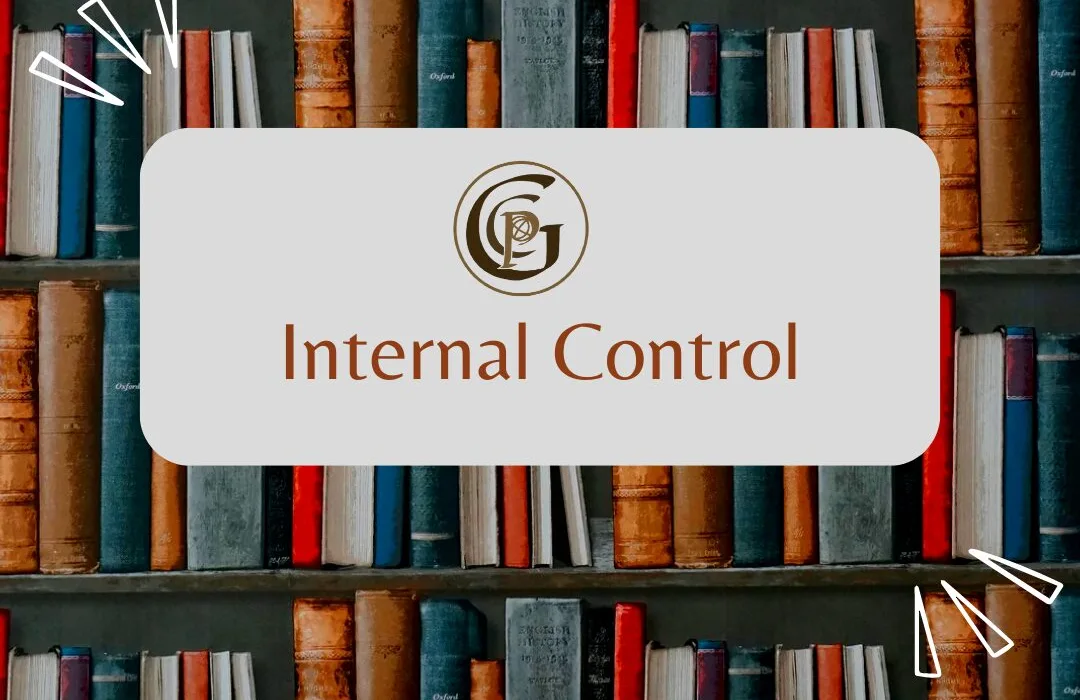In Qatar’s rapidly evolving educational landscape, the need for internal controls and effective accounting policies not only ensures compliance and safeguards assets but also enhances operational efficiency and improves financial management.

1. The Role of Internal Controls in Education
Internal controls are essential mechanisms that ensure the reliability of financial reporting, the efficiency of operations, and compliance with regulations. For schools and colleges in Qatar, where educational institutions often operate under significant scrutiny, internal controls are vital for safeguarding the financial and physical assets of the school and minimizing the risk of theft and fraud.
Improving Financial Accuracy: Internal controls such as regular reconciliations and real-time updates of financial transactions help maintain accurate records. This accuracy is crucial for making informed decisions and ensuring that resources are allocated effectively.
Streamlining Operations: Internal Controls that focus on monitoring and managing tasks like petty cash, inventory, and employee activities helps to make schools operations more efficient.
Ensuring Compliance: In the regulatory environment of Qatar, internal controls help educational institutions comply with educational laws and regulations, avoiding penalties and maintaining a good reputation.
Minimizing Risk: By implementing controls that detect and prevent errors or fraud, schools can minimize financial and operational risks, ensuring a stable and predictable environment for staff, students, and stakeholders
2. Key Detective Controls in Schools and Colleges
Detective controls are designed to identify errors or irregularities after they have occurred. These controls are crucial for maintaining the integrity of financial processes in educational institutions. Below are some examples of detective controls that are particularly relevant in the context of schools and colleges:
Reconciliations
- Objective: To ensure the accuracy and completeness of financial records.
- Practice: Regularly reconcile bank statements, credit card statements, and merchant statements with the institution’s accounting records. This process helps identify discrepancies, unauthorized transactions, and errors, allowing for timely corrective action.
Petty Cash Management
- Objective: To monitor and control small, daily expenditures.
- Practice: Implement a system for recording and reconciling petty cash transactions. Regular audits of petty cash can prevent misuse and ensure that all transactions are properly documented.
Review of Financial Statements for Irregularities
- Objective: To detect unusual patterns or discrepancies in financial reports.
- Practice: Conduct periodic reviews of financial statements, focusing on significant variances, unexpected balances, and unusual transactions. This review helps identify potential fraud, errors, or mismanagement
Review of Actuals to Budget
- Objective: To ensure that spending aligns with the approved budget.
- Practice: Regularly compare actual expenditures against the budgeted amounts. Investigate and explain any significant variances to ensure that funds are being used as intended.
Audits
- Objective: To provide an independent assessment of the effectiveness of internal controls and financial reporting.
- Practice: Conduct internal and external audits to evaluate the accuracy of financial records, the effectiveness of controls, and compliance with regulations. Audits are a critical tool for identifying weaknesses and ensuring continuous improvement.
Stocktakes
- Objective: To verify the accuracy of inventory records.
- Practice: Perform regular physical counts of inventory items, such as textbooks, supplies, and uniforms, and reconcile these counts with the accounting records. Discrepancies should be investigated and resolved promptly
Employee Monitoring
- Objective: To ensure that staff are performing their duties in accordance with policies and procedures.
- Practice: Monitor employee activities, particularly those related to financial transactions, to prevent and detect any unauthorized actions or non-compliance with established procedures.
Organizational Restructuring
- Objective: To improve efficiency and strengthen internal controls.
- Practice: Periodically review and adjust the organizational structure to ensure that responsibilities are appropriately distributed and that there are adequate checks and balances in place. Restructuring can also help eliminate redundancies and streamline processes
3. Effective Accounting Practices for Schools and Colleges
In addition to internal controls, effective accounting practices is essential for maintaining financial stability and ensuring that resources are used efficiently:
Recording of Student Fees Collections
- Objective: To ensure that student fees are accurately recorded and collected in a timely manner.
- Practice: Implement a system for real-time recording of student fee collections. Each student’s ledger or statement of account should be updated immediately upon payment, allowing for accurate tracking and timely follow-up on outstanding balances. This practice not only improves cash flow but also enhances transparency with parents.
Accurate Tracking of Invoices
- Objective: To ensure that all invoices are tracked and paid accurately.
- Practice: Implement a system for real-time tracking of invoices, ensuring that each invoice is recorded, processed, and paid without delay. This practice helps avoid late payments, penalties, and discrepancies in accounts payable.
Real-Time Update of Transactions
- Objective: To ensure that financial records are always current.
- Practice: Use accounting software that allows for real-time updates of all financial transactions. This ensures that financial reports reflect the most recent data, enabling better decision-making and more effective financial management.
Proper Tracking and Account Management
- Objective: To maintain accurate and comprehensive financial records.
- Practice: Implement robust systems for tracking all financial transactions, including revenues, expenses, assets, and liabilities. Regularly review and reconcile accounts to ensure accuracy and completeness. Effective account management is essential for maintaining financial health and compliance.
4. Staff Training and Allocation
Proper training and allocation of staff are essential for the effective implementation of internal controls and accounting policies.
5. Conclusion
As a lea
Article By:-
Contact Pan Global Consultancy
📞 +974 51015055
📧 info@panglobalconsultancy.com
🌐 https://lnkd.in/dud_7Mhy





